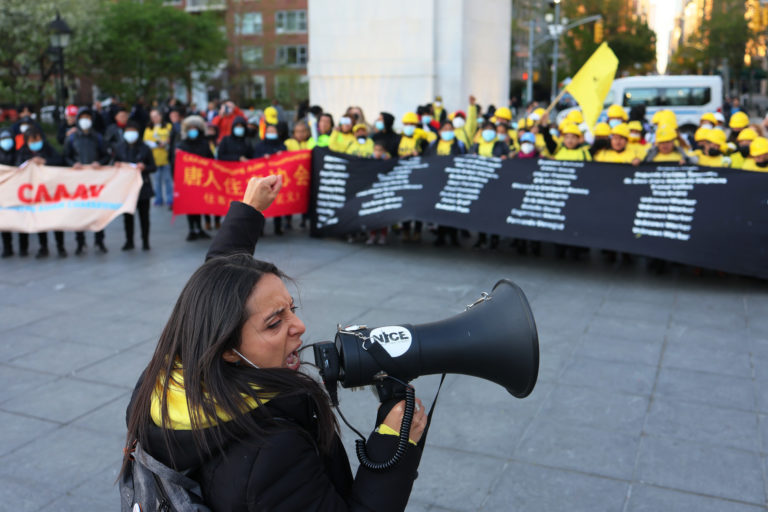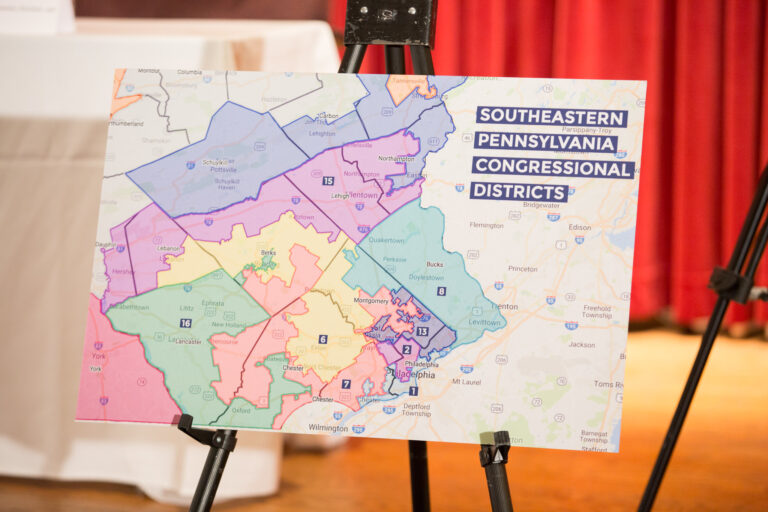Melissa Greenberg is a student at Harvard Law School.
Yesterday, in a 2-1 decision, the Fifth Circuit vacated the fiduciary rule, which was issued by the Obama Administration. The Fifth Circuit found that the Department of Labor had acted arbitrarily and capriciously under the Administrative Procedures Act and the Department of Labor’s interpretation of “investment advice fiduciary” in the Employee Retirement Income Security Act should not be accorded deference under Chevron. The Fifth Circuit’s opinion was released in the same week as a Tenth Circuit decision, which upheld the rule, resulting in a circuit split. The fiduciary rule heightens the standard that brokers must adhere to when advising a client on retirement products by requiring brokers to act in their client’s best interest instead of simply requiring that they recommend “suitable” investments. The Trump Administration, which had allowed the rule’s best interest standard to go into effect last year while delaying implementation of other aspects of the rule, declined to say how it would respond to the court’s decision. Read more here.
President Trump’s decision to impose tariffs on steel and aluminum has continued to provoke controversy. In the Nation, Doug Henwood argues labor should not support Trump’s tariffs. He states, these policies “will do little if anything to help the steel industry, could harm steel-using industries, will probably provoke retaliations that will leave everyone worse off, and will add a fresh dose of bellicosity to a world already overdosing on it.” In the New Yorker, Benjamin Wallace-Wells examines the ways in which the American steel industry differs in the North and South. “The story of the U.S. steel industry is still set in the North, even as the mills themselves have moved South, and so it sustains a nostalgia that the industry itself cannot.” He notes the lack of response to Trump’s tariffs in the South. He writes, “the steel industry has come to stand in for a certain twentieth-century economic model, in which skilled industrial jobs could last a career and sustain a middle-class life. But that model did not survive the transition to the South—the work has grown less dangerous but also more automated.”
The Upshot asks, “Will Employment Keep Growing?: Disabled Workers Offer a Clue.” Workers between age 25 and 54 years old, or prime-age workers, who report not working due to health reasons has declined by seven percent since the middle of 2014. Economists had been troubled by the increase of workers in this category. People reporting a disability as their reason for not working started to increase before the recession, increased more rapidly in reaction to the 2001 and 2008 recessions, and continued to increase even as the economy rebounded. However, since the middle of 2014, this trend has started to reverse. Increased employment for this group suggests workforce participation could continue to grow. Read more here.






Daily News & Commentary
Start your day with our roundup of the latest labor developments. See all
December 18
New Jersey adopts disparate impact rules; Teamsters oppose railroad merger; court pauses more shutdown layoffs.
December 17
The TSA suspends a labor union representing 47,000 officers for a second time; the Trump administration seeks to recruit over 1,000 artificial intelligence experts to the federal workforce; and the New York Times reports on the tumultuous changes that U.S. labor relations has seen over the past year.
December 16
Second Circuit affirms dismissal of former collegiate athletes’ antitrust suit; UPS will invest $120 million in truck-unloading robots; Sharon Block argues there are reasons for optimism about labor’s future.
December 15
Advocating a private right of action for the NLRA, 11th Circuit criticizes McDonnell Douglas, Congress considers amending WARN Act.
December 12
OH vetoes bill weakening child labor protections; UT repeals public-sector bargaining ban; SCOTUS takes up case on post-arbitration award jurisdiction
December 11
House forces a vote on the “Protect America’s Workforce Act;” arguments on Trump’s executive order nullifying collective bargaining rights; and Penn State file a petition to form a union.